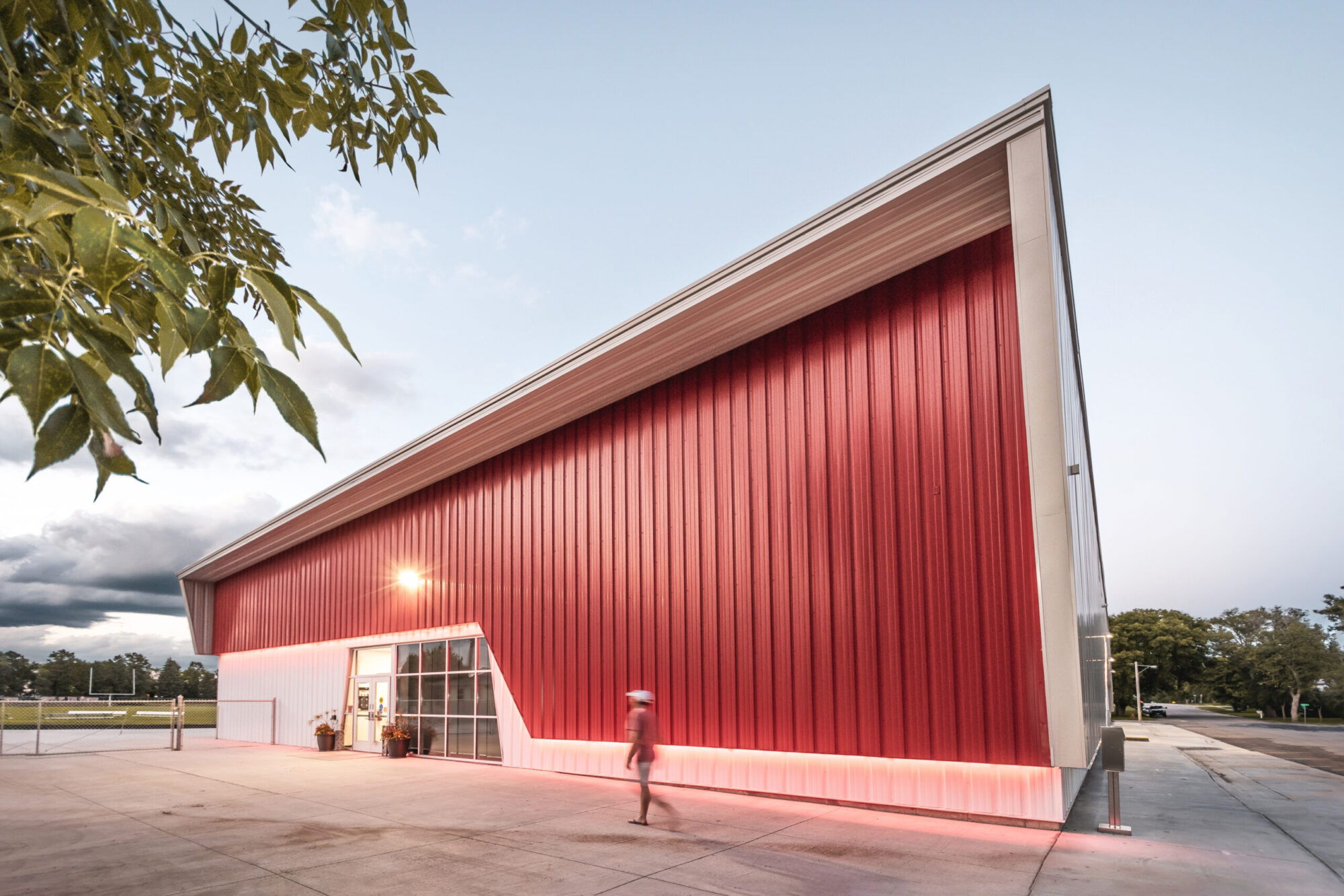Cover image: A high performance building in hot and arid climate
High-performance building is a design approach that aims to reduce the energy consumption and environmental impact of buildings while also improving the comfort and well-being of occupants. This approach involves the integration of advanced technologies, sustainable materials, and passive design strategies that work together to create efficient, healthy, and sustainable buildings.
High-performance buildings are becoming increasingly popular due to their numerous benefits, including lower operating costs, reduced environmental impact, and improved occupant productivity and satisfaction. Additionally, many governments and organizations are promoting the adoption of high-performance building practices through incentives, regulations, and certification programs.
Designing and constructing high-performance buildings requires collaboration between architects, engineers, contractors, and other stakeholders. It involves integrating energy-efficient systems, such as efficient lighting, HVAC, and insulation, with sustainable materials and construction techniques.
Principles of high-performance buildings and how they can be applied to the design are listed below.

Principle 1: Energy Efficiency
Energy efficiency is a critical component of high-performance building. By reducing the amount of energy required to operate a building, we can lower its carbon footprint, reduce operating costs, and improve the comfort of occupants.
Principle 2: Sustainable Materials
The use of sustainable materials is another key principle of high-performance building. By using materials that are renewable, recyclable, or made from recycled content, we can reduce the environmental impact of the building.
In addition, high-performance buildings often use materials that have low embodied energy. Embodied energy refers to the energy required to produce and transport materials and can be a significant contributor to a building’s carbon footprint.
Principle 3: Indoor Environmental Quality
Indoor environmental quality (IEQ) refers to the quality of the indoor environment in terms of air quality, lighting, and thermal comfort. High-performance buildings prioritize IEQ, as it can have a significant impact on the health and well-being of occupants. In addition, high-performance buildings often incorporate natural lighting strategies, such as skylights and light shelves, that can improve the quality of the indoor environment and reduce the need for artificial lighting. Advanced shading systems can also be used to control the amount of natural light entering the building, further improving the IEQ.
Principle 4: Water Efficiency
Water efficiency is another critical component of high-performance building. By reducing the amount of water required to operate a building, we can conserve a precious resource and reduce the environmental impact of the building. In addition, high-performance buildings often incorporate advanced irrigation systems, such as drip irrigation, that use water more efficiently for landscaping and outdoor uses.
Principle 5: Resilience
Resilience refers to a building’s ability to withstand and recover from natural disasters and other disruptions. High-performance buildings prioritize resilience, as it can help protect occupants and reduce the need for costly repairs or replacements.
Conclusion
The principles of the high-performance building can be applied to a wide range of building types, including residential, commercial, and institutional buildings. Whether it’s a new construction or a retrofit, there are many strategies that can be used to improve the performance of existing buildings and create new buildings that are more sustainable and resilient. However, the adoption of high-performance building practices is not without its challenges. There can be a significant upfront cost associated with implementing these strategies, and there can be resistance to change from stakeholders who are accustomed to traditional building practices. Nevertheless, the long-term benefits of high-performance buildings, including reduced operating costs and improved occupant satisfaction, can outweigh the initial investment.

Dr. Mohammadmehdi Danesh is an Assistant Professor at the South Dakota State University School of Design, where he specializes in Sustainable Design, Building Science, and Resilient Buildings. Dr. Danesh has an extensive background in Sustainable Design, having taught various courses in the field of Sustainable Design and High-Performance Building.
Dr. Danesh’s research focus is on the optimization of energy performance of Double Skin Façade in High-rise Building, using Building Information Modeling by a Parametric BIM based Plugin, which is the topic of his Ph.D. dissertation. He has published one book chapter and eight Peer-Reviewed Journal Articles and Conference Proceedings in Sustainable Design and Building Science. His articles have been cited by different researchers and scientists, which indicates his contributions to the field.
As part of his research, Dr. Danesh has worked with a variety of Energy Simulation and Sustainable Design assessment software, including DesignBuilder, Sefra, ClimateStudio, Flow Design, and Therm. He has also utilized open-source Sustainable Design applications like OPAQUE, Dynamic Daylighting, and Dynamic Overshadowing. Dr. Danesh’s research demonstrates his expertise in Sustainable Design and Building Science, and his willingness to share his knowledge and expertise with others, as evidenced by his presentations at various conferences in Colorado, Virginia, Massachusetts, and Texas.

The Communication Committee is comprised of volunteers of AIA South Dakota and are dedicated to the mission of the Blueprint South Dakota blog. Our goal is to build strong South Dakota communities and to connect ideas and expertise to address challenges in our state. Through the curated content of this site, we want to find a blueprint for better cities and towns.


